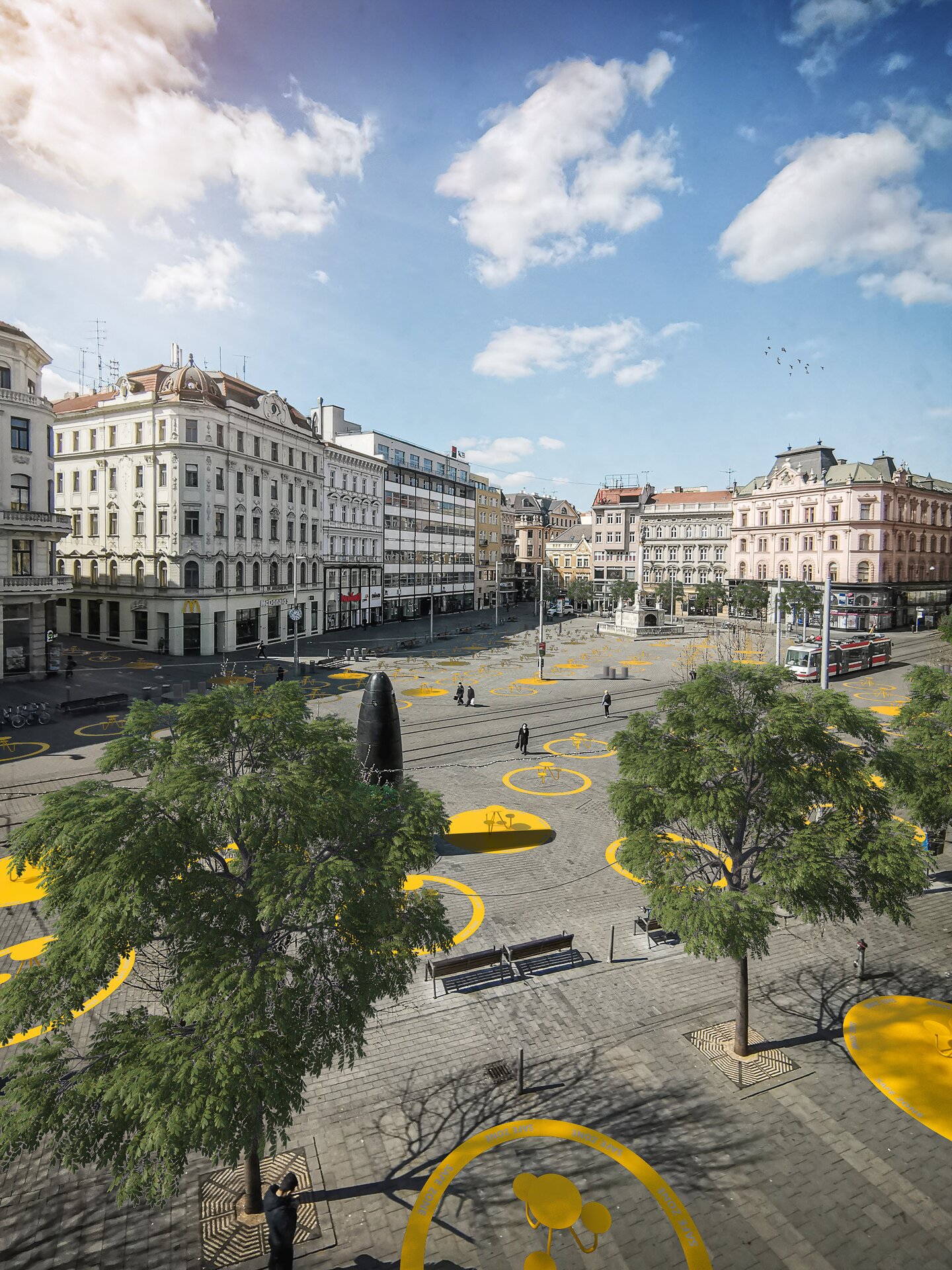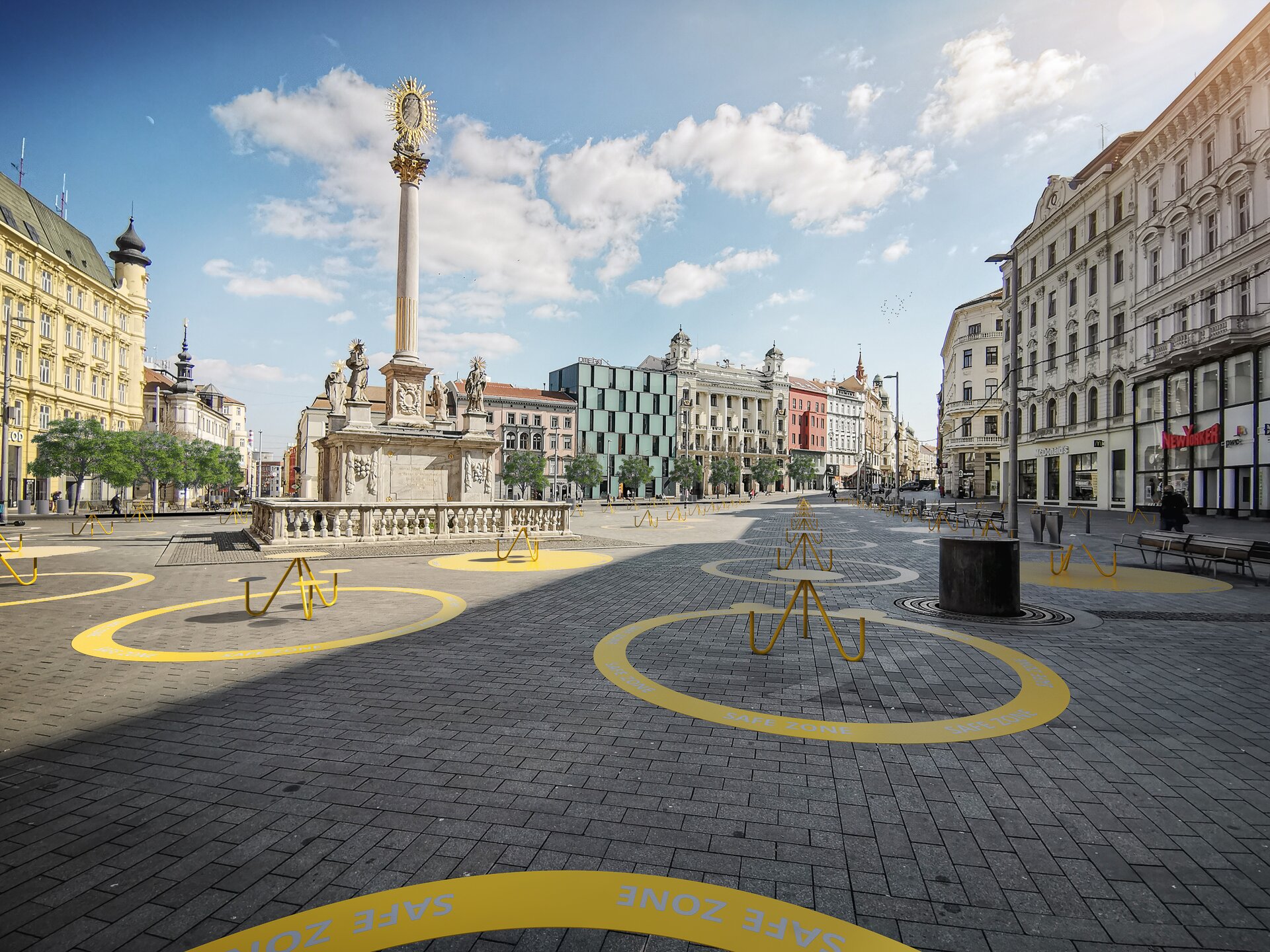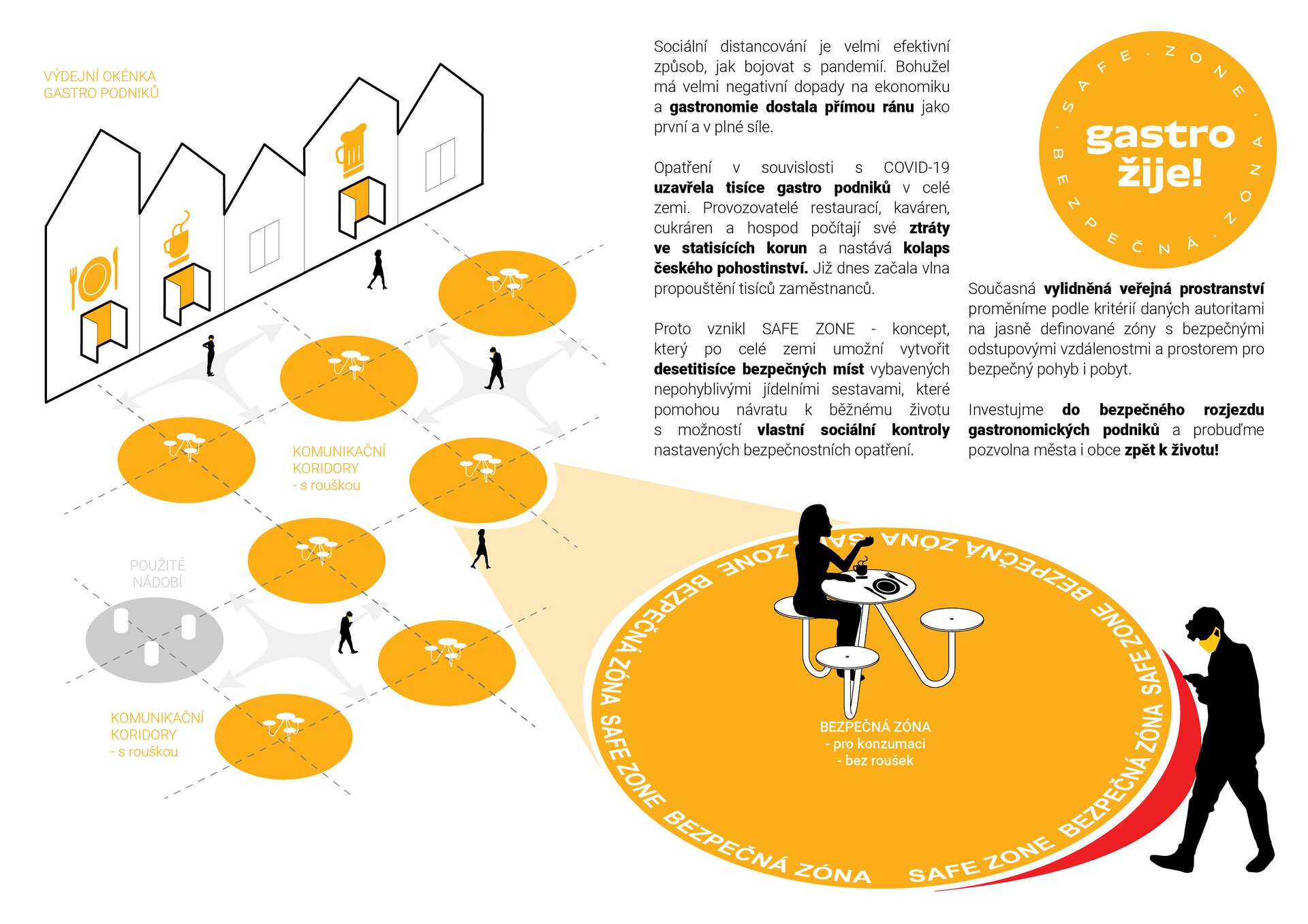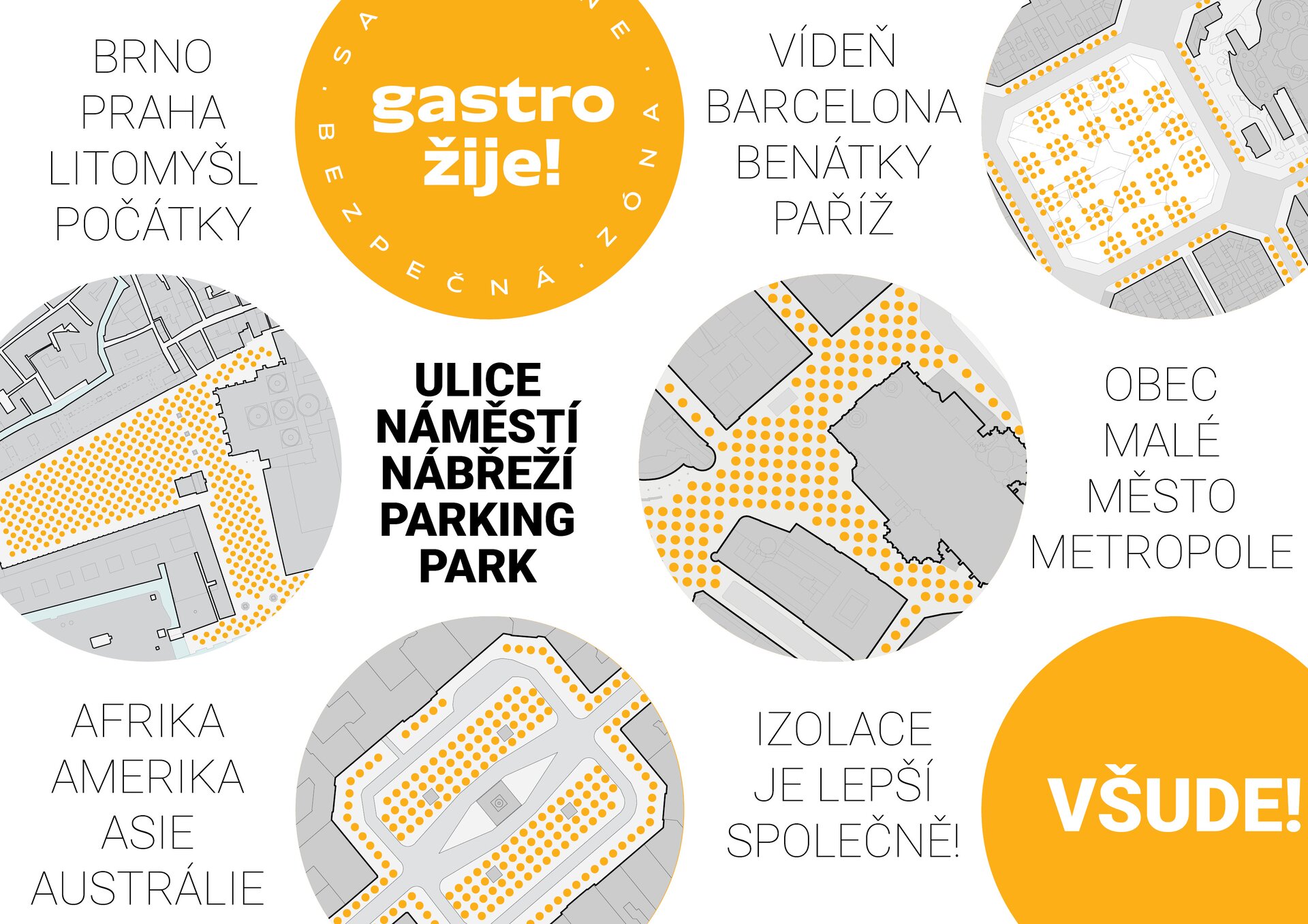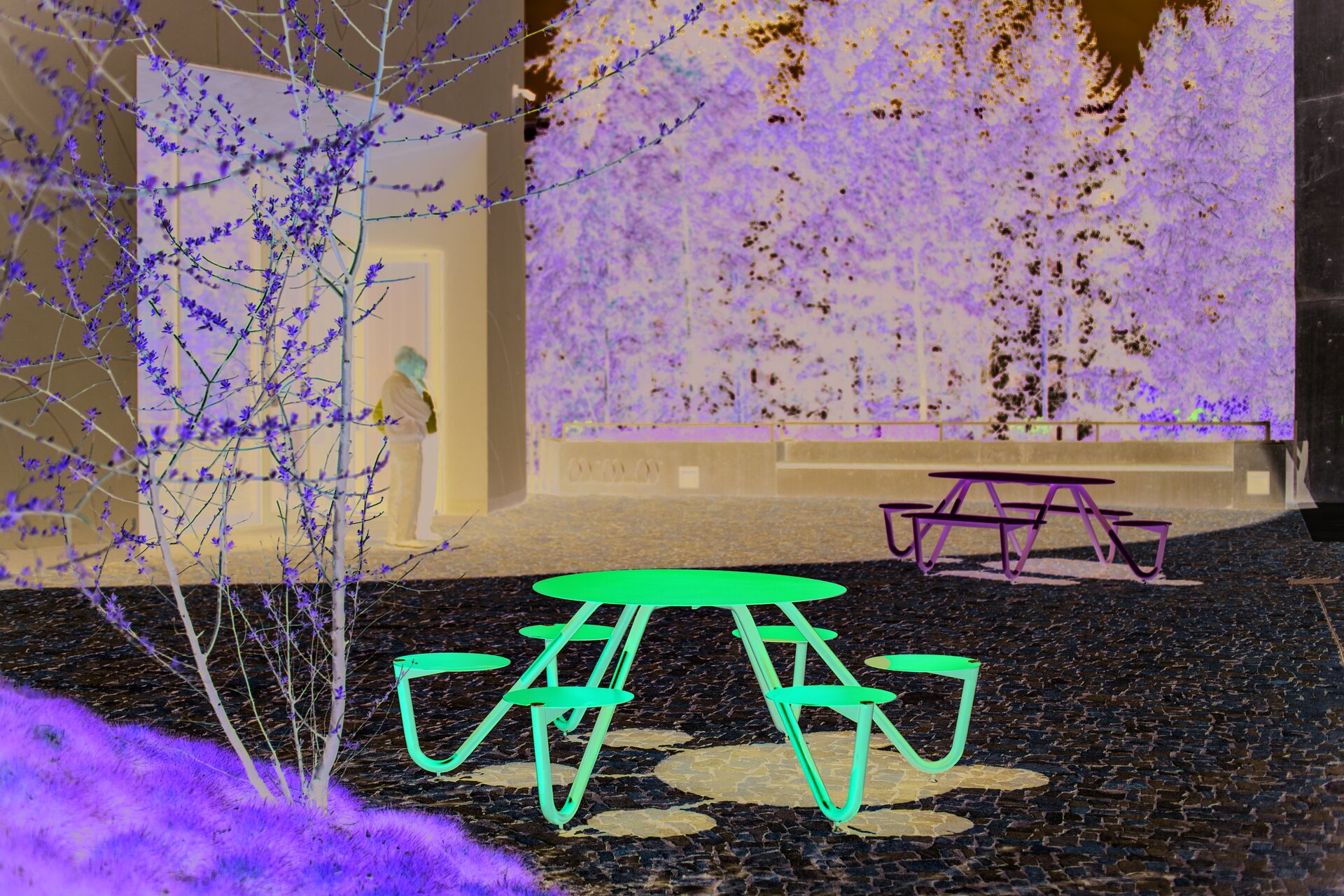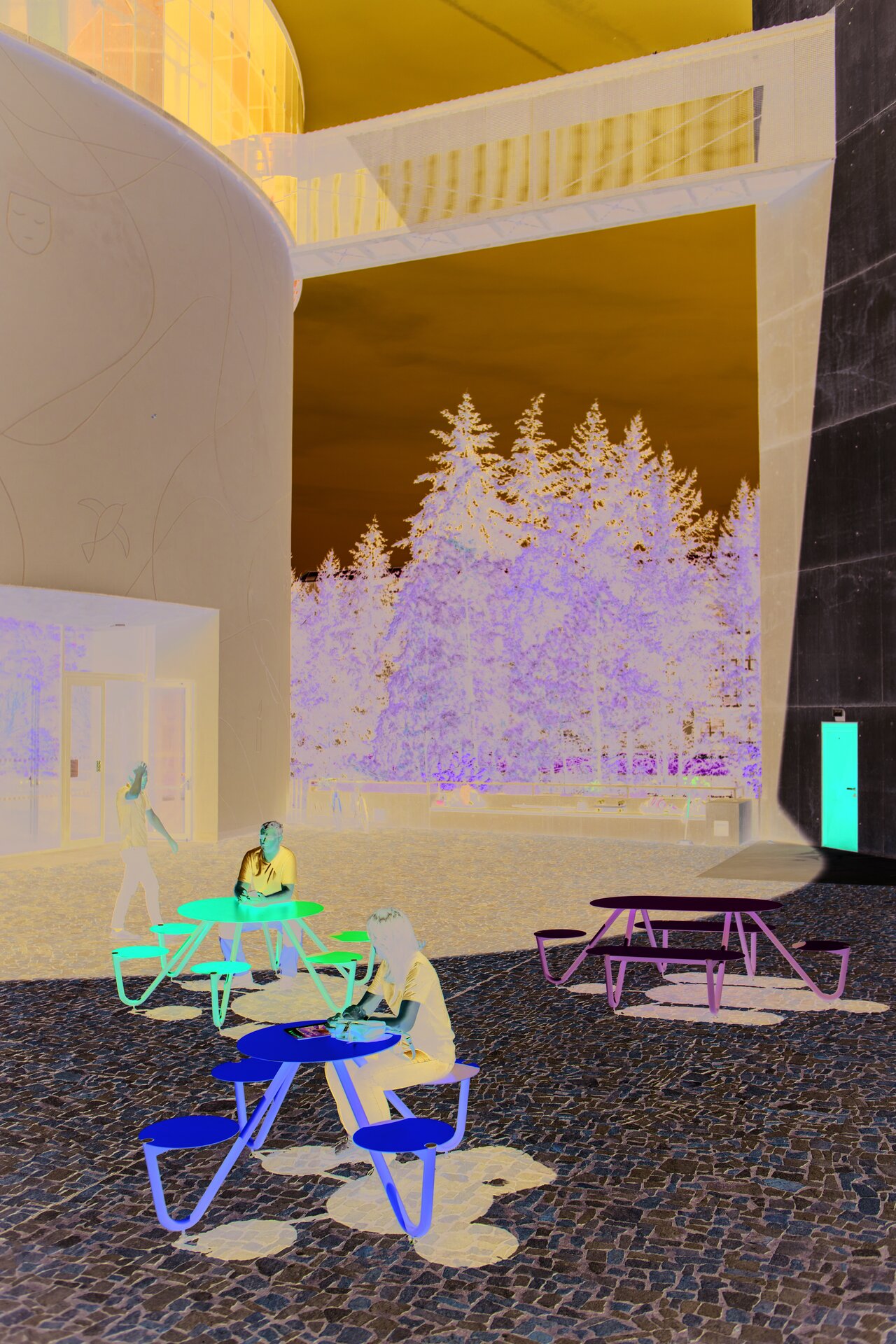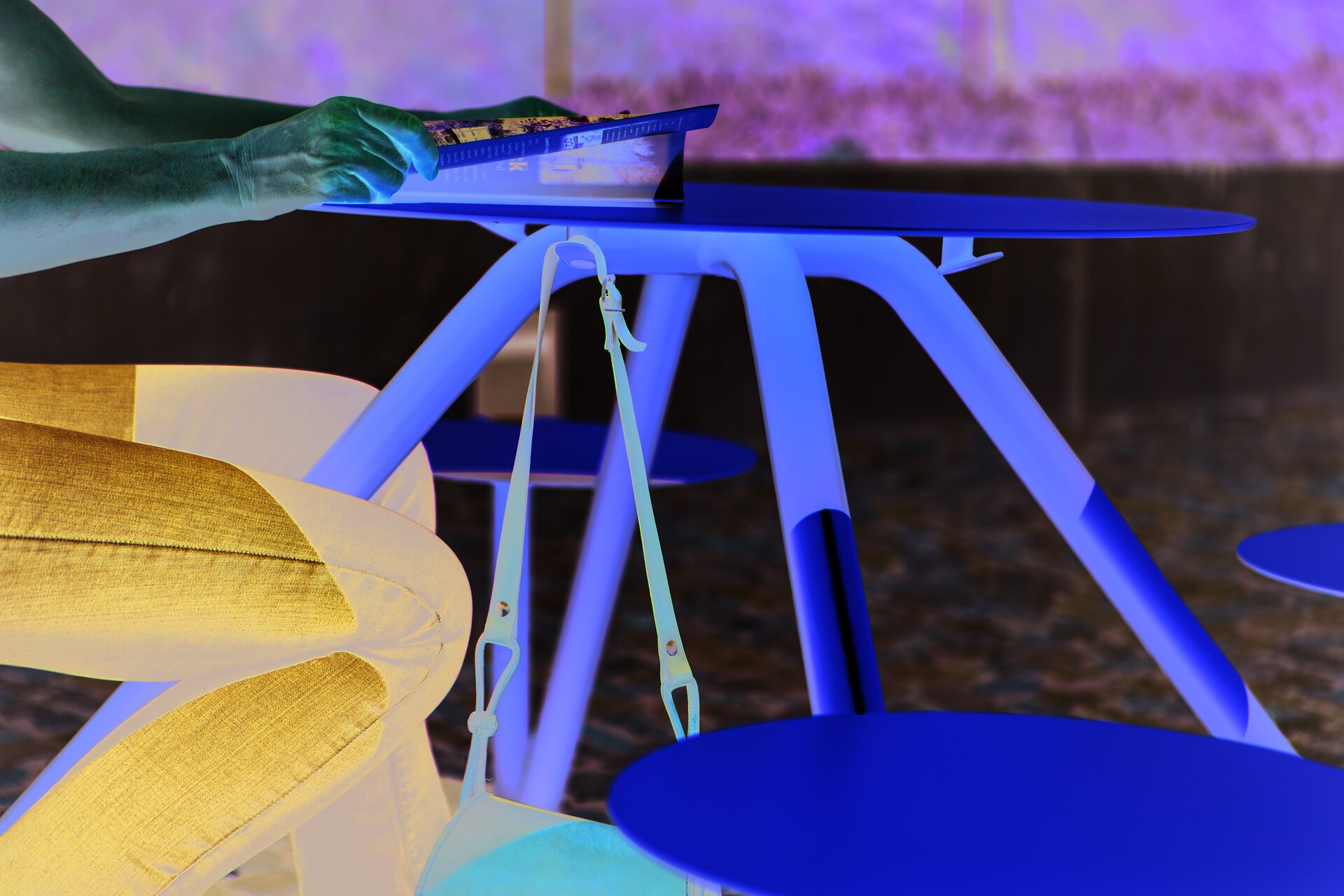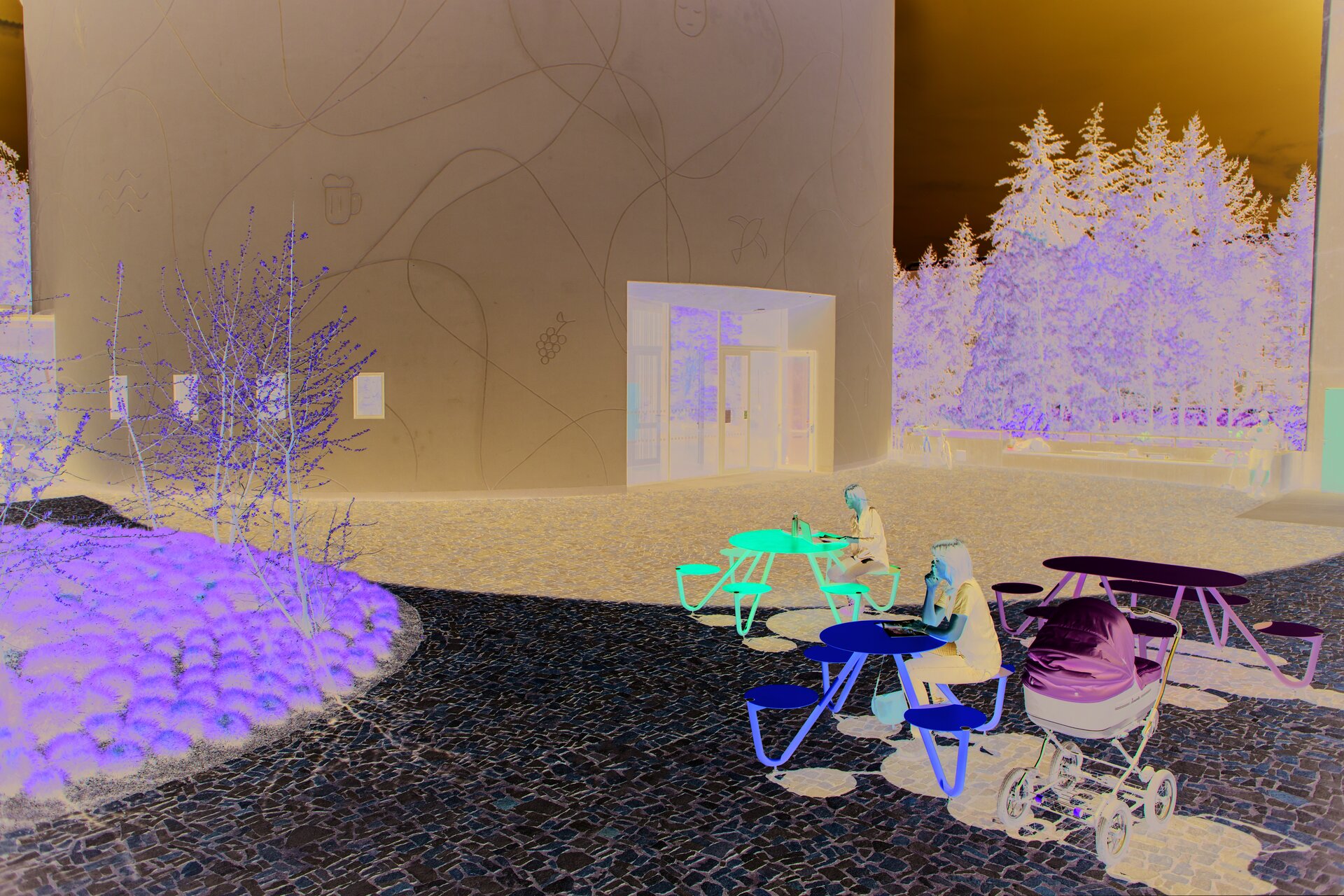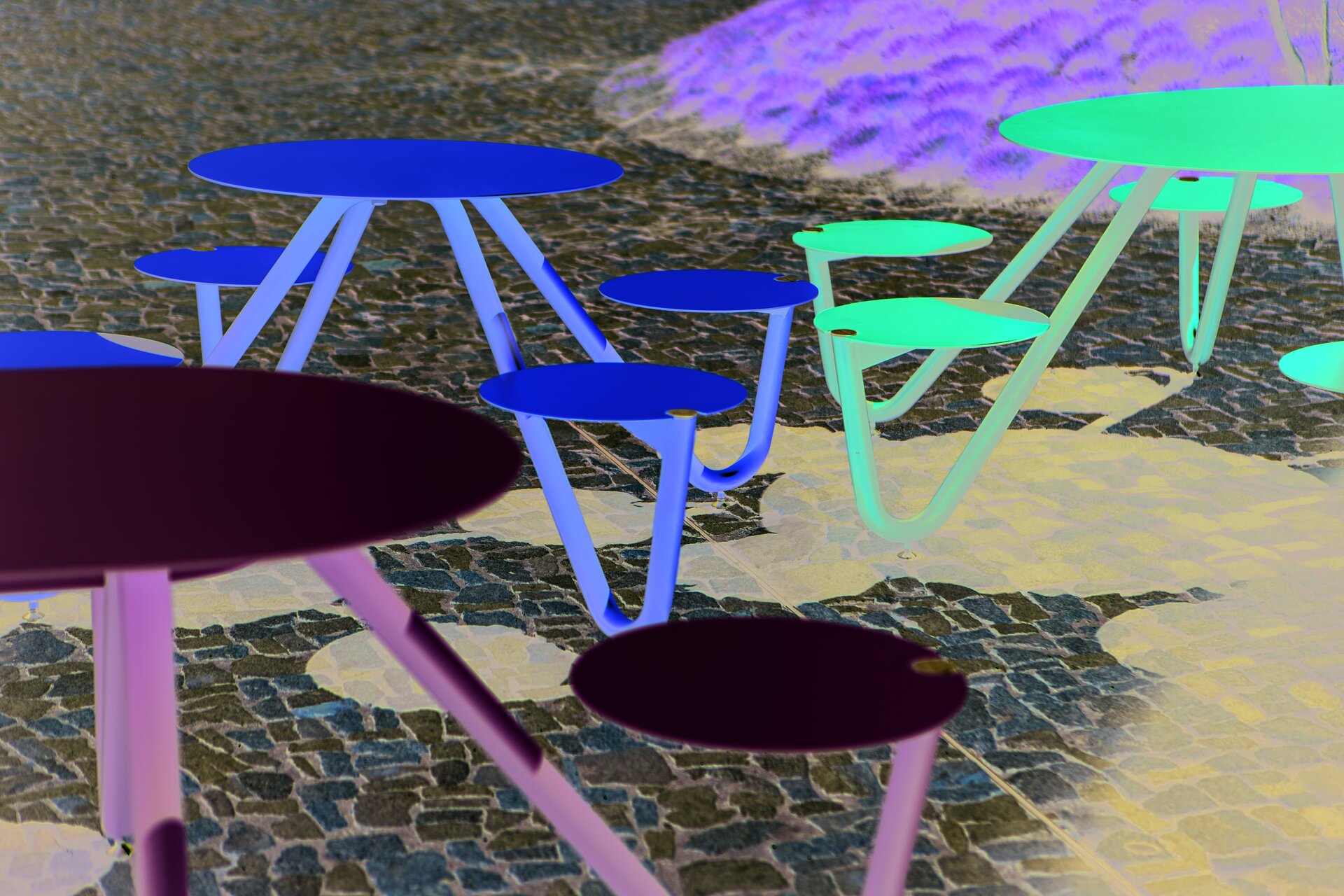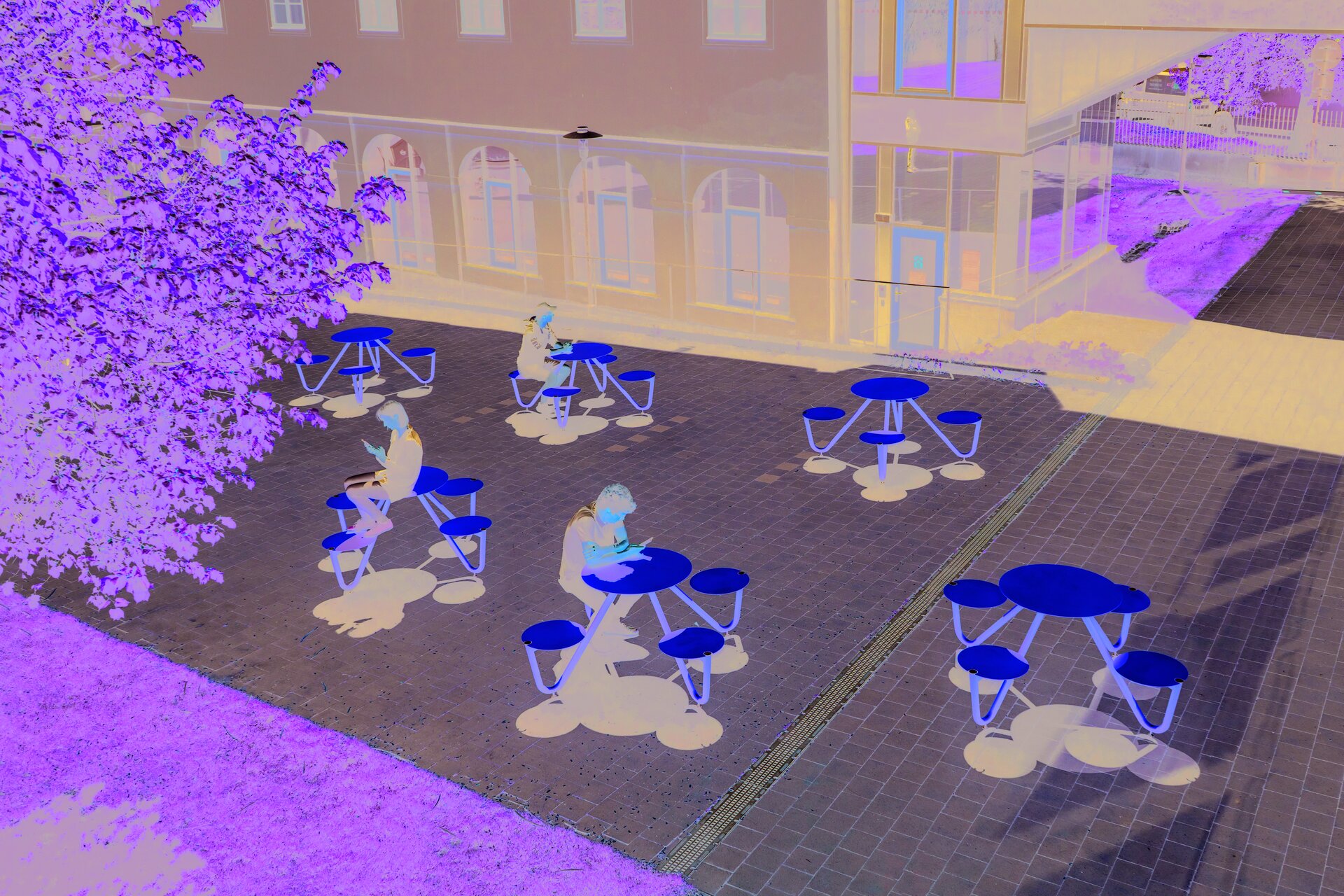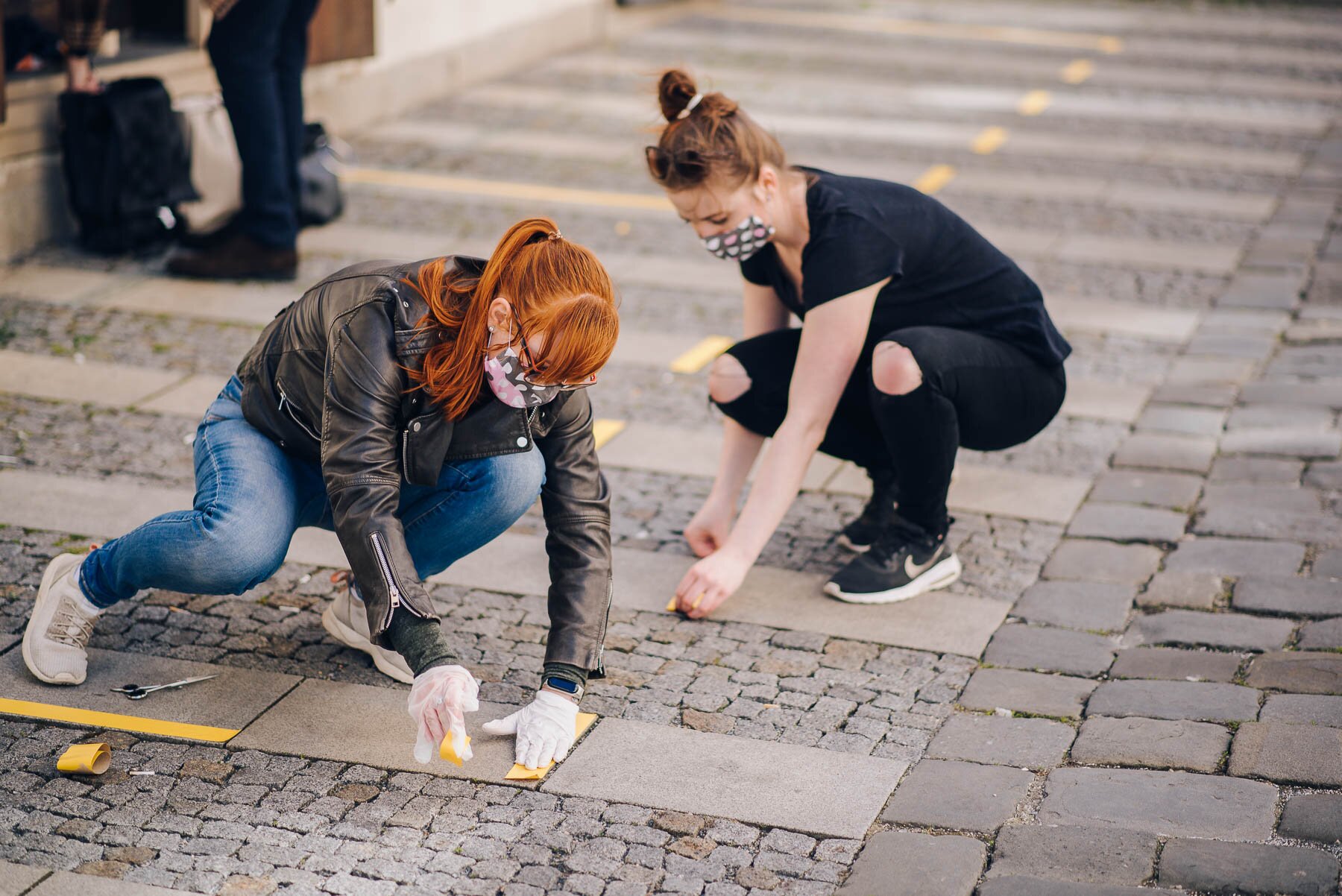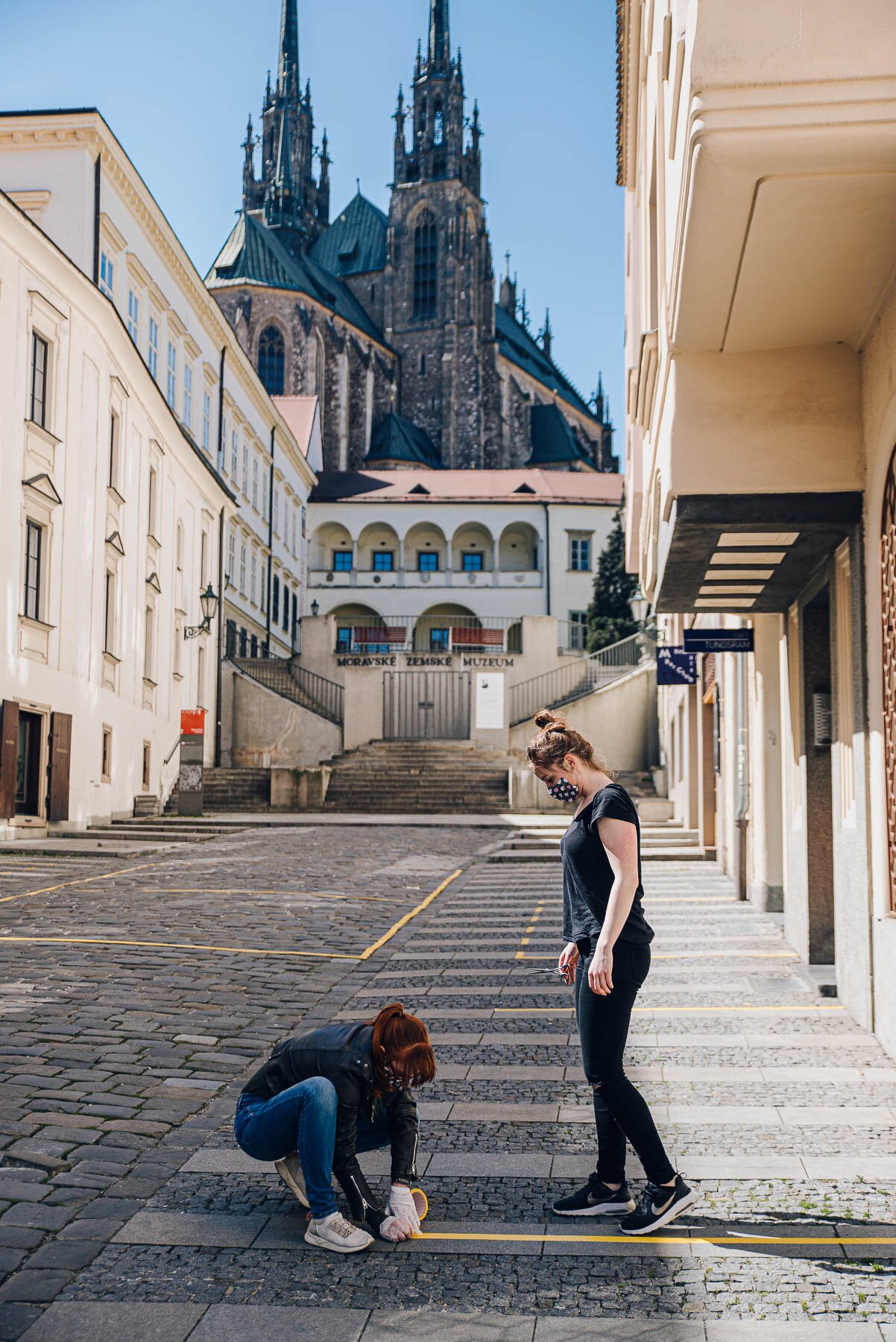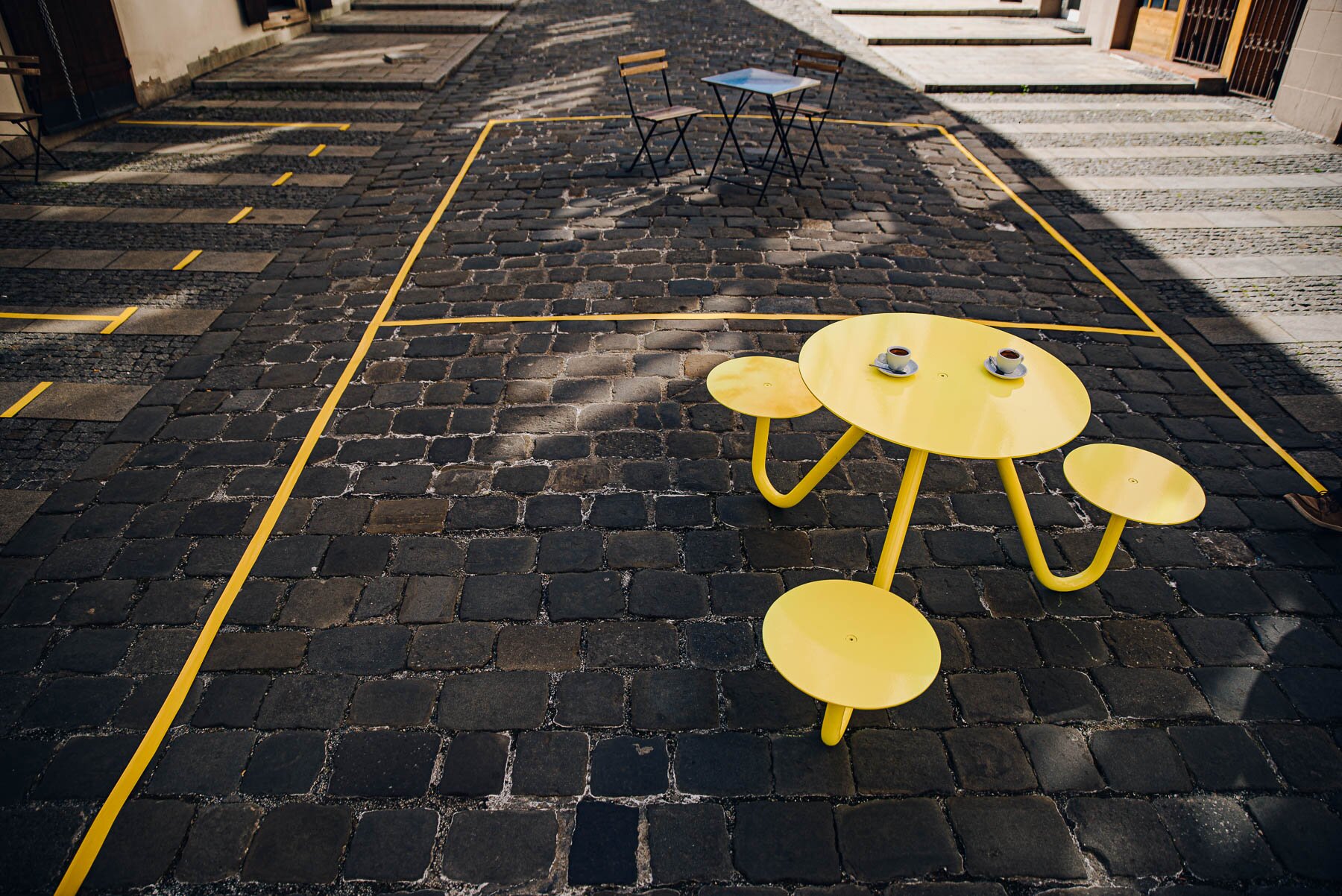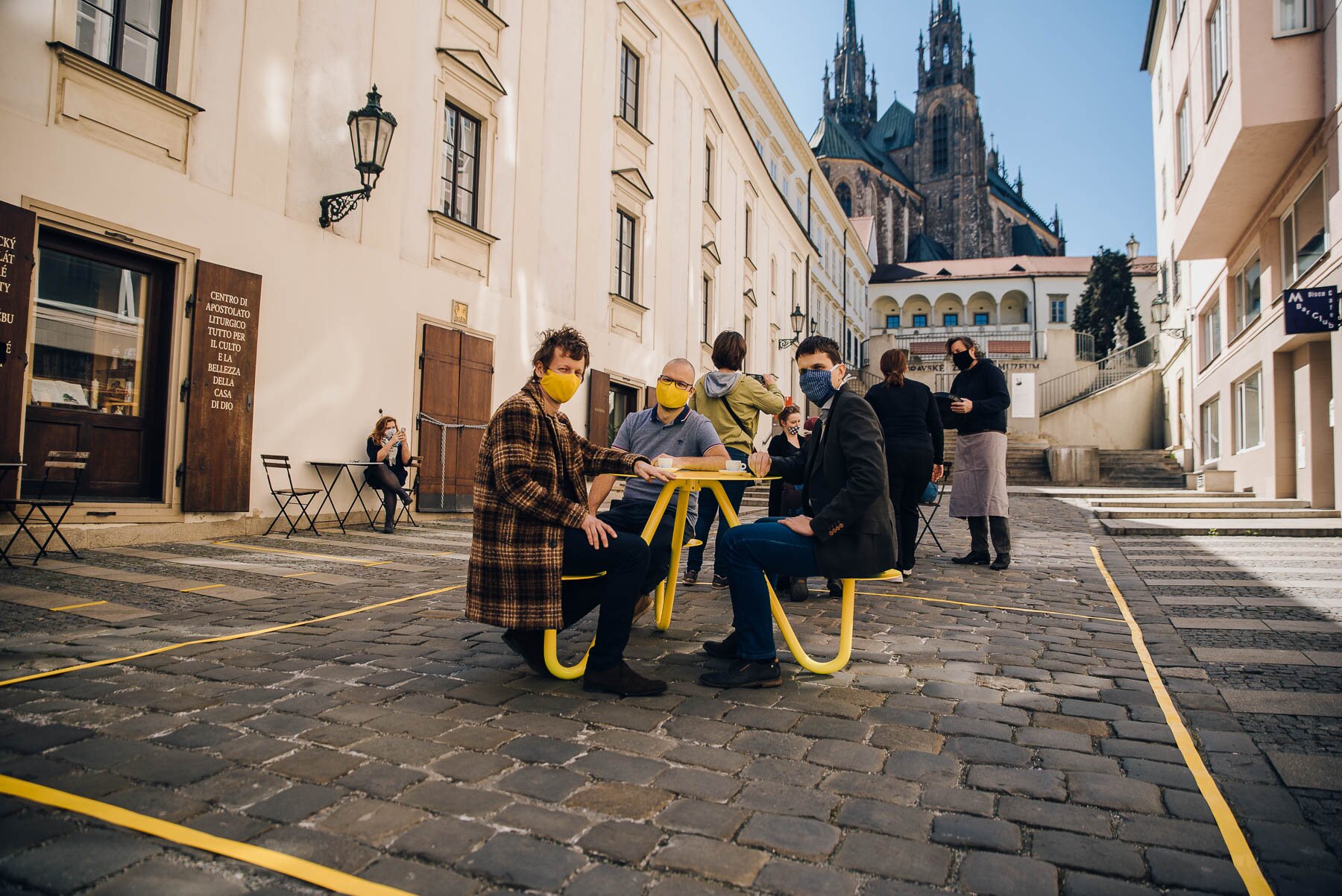| Author |
Václav Kocián, David Karásek, Petr Kadlec |
| Studio |
|
| Location |
HUA HUA ARCHITECTS s.r.o., Porážka 459/2, 602 00 Brno
mmcité a.s., Bílovice 519, 687 12 Bílovice |
| Investor |
HUA HUA ARCHITECTS s.r.o., Porážka 459/2, 602 00 Brno
mmcité a.s., Bílovice 519, 687 12 Bílovice |
| Supplier |
mmcité a.s., Bílovice 519, 687 12 Bílovice |
| Date of completion / approval of the project |
April 2020 |
| Fotograf |
|
The Gastro Safe Zone concept has during the pandemic become a world phenomenon and has helped create safe public spaces. The ORBIT table transforms the original dining set from Gastro Safe Zone in a standard urban furniture. As architects, at the beginning of the pandemic, we decided to focus on public spaces, as those were the only option for the dying gastronomy industry. The main goal was a controlled awakening of the gastro industry after lockdown. We came up with dining tables in safe zones. Distances, spacing and regulations were designed according to the government. Within two weeks, Gastro Safe Zone received a graphic presentation, technical details and web background. After the main covid wave, the original table has become a functional urban furniture for day-to-day use. ORBIT is stable, user-friendly and resistant. It revitalizes public spaces and, if necessary, can be combined with a safe zone again.
The ORBIT table consists of a base frame, seats and a table top. The base frame carries seats and the table top. ORBIT is made out of steel and it is fully galvanized. During transport or storage, the frame is stackable. The table top can be made of aluminum sheet or high-pressure laminate (HPL). The legs are adjustable, made out of stainless steel and can be anchored to a surface. The set is very resistant to climatic conditions, easy to wash and stable. People can enjoy ORBIT in several color variants, different shapes of table tops and several options according to the number of seats.
Green building
Environmental certification
| Type and level of certificate |
-
|
Water management
| Is rainwater used for irrigation? |
|
| Is rainwater used for other purposes, e.g. toilet flushing ? |
|
| Does the building have a green roof / facade ? |
|
| Is reclaimed waste water used, e.g. from showers and sinks ? |
|
The quality of the indoor environment
| Is clean air supply automated ? |
|
| Is comfortable temperature during summer and winter automated? |
|
| Is natural lighting guaranteed in all living areas? |
|
| Is artificial lighting automated? |
|
| Is acoustic comfort, specifically reverberation time, guaranteed? |
|
| Does the layout solution include zoning and ergonomics elements? |
|
Principles of circular economics
| Does the project use recycled materials? |
|
| Does the project use recyclable materials? |
|
| Are materials with a documented Environmental Product Declaration (EPD) promoted in the project? |
|
| Are other sustainability certifications used for materials and elements? |
|
Energy efficiency
| Energy performance class of the building according to the Energy Performance Certificate of the building |
A
|
| Is efficient energy management (measurement and regular analysis of consumption data) considered? |
|
| Are renewable sources of energy used, e.g. solar system, photovoltaics? |
|
Interconnection with surroundings
| Does the project enable the easy use of public transport? |
|
| Does the project support the use of alternative modes of transport, e.g cycling, walking etc. ? |
|
| Is there access to recreational natural areas, e.g. parks, in the immediate vicinity of the building? |
|
